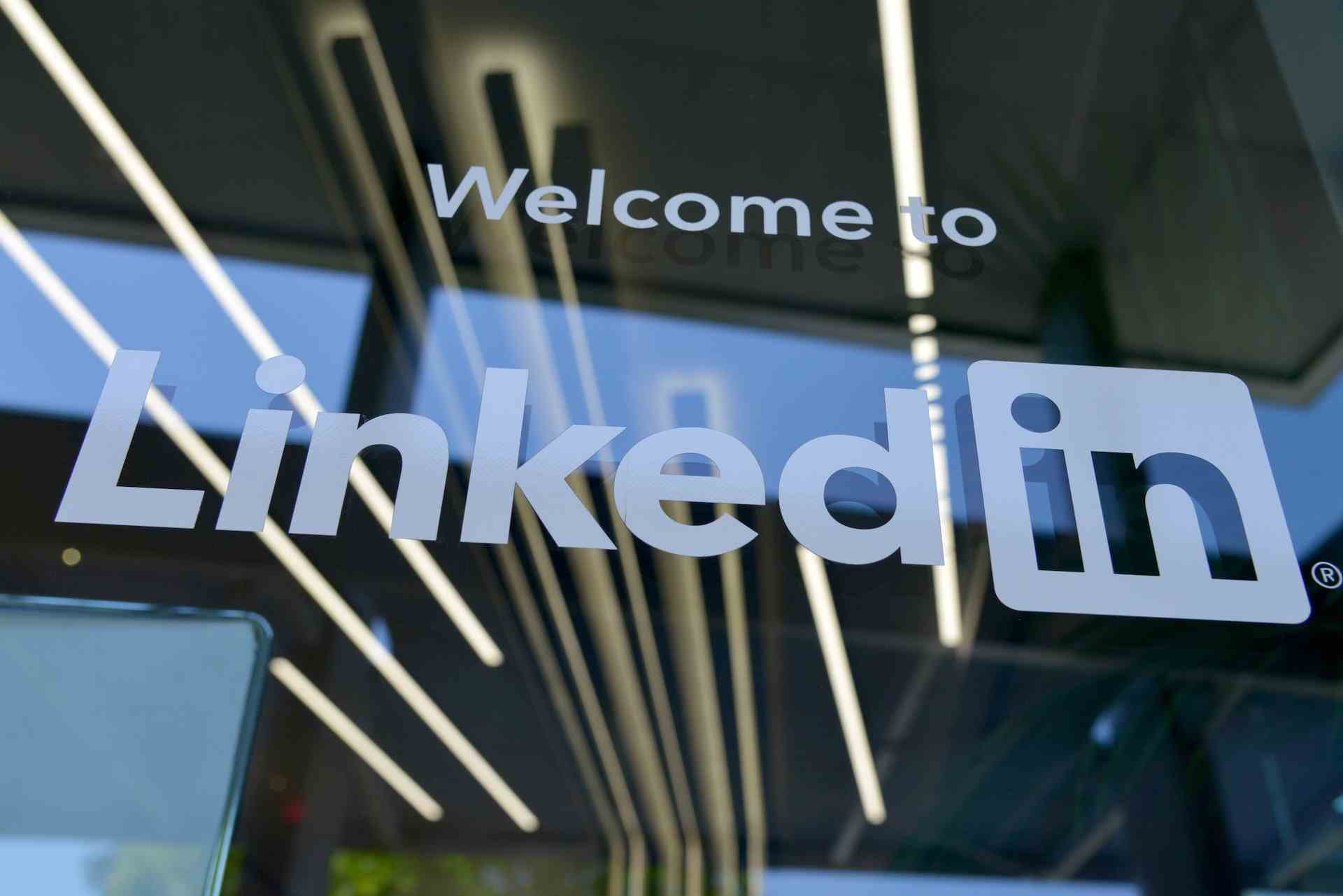What is a job seeker?
DefinitionA job seeker is someone who is looking for work. Typically, job seekers are on an active job hunt. But a job seeker can also be passive, keeping an eye on the job market just in case an opportunity arises.
Where do active job seekers look and apply for jobs?
Job seekers who are actively job hunting generally focus on searching through online job sites and platforms. Depending on the type of role they are interested in, they might use a generalist job search site with job posts in all fields or a specialist job board targeted to specific skills or industries.
Most online job boards make it easy for job seekers to narrow their searches with filters for keywords, job title, experience level, location, salary range, and more. Job seekers can often set up alerts and get notified of new job posts meeting their criteria. Most online job boards also make it easy for job seekers to create an account and upload a resume and apply directly from the job description page.
Job seekers are increasingly using mobile devices to search and apply for jobs. Job boards that are mobile-friendly or have a downloadable app have the advantage over other sites less conducive to mobile recruiting.
Where do passive job seekers look for opportunities?
Since passive job seekers are not actively looking for a job, they are likely to casually browse opportunities or company profiles where they are spending their free time. These job seekers are typically more engaged by social recruiting efforts on platforms like Facebook, Instagram, or LinkedIn. Those in the tech sector spend time networking on GitHub or Stack Overflow while designers are on Dribbble or Behance.
How can recruiters reach more job seekers?
Besides identifying the right job search sites and platforms to post your job ads, you can attract more job seekers by making sure to do the following:
1. Optimise the job title
Job titles are one of the top terms job seekers use to search for positions. To make sure your job ads appear in relevant searches, use commonly-used titles and specific keywords, and keep it short.
2. Create a clear and compelling job description
Your job description should also be search engine optimised to reach a large number of relevant job seekers. And it has to stand out from the many other results job seekers will find (our AI-assisted job ad builder can help you with that).
Besides outlining your requirements, try to differentiate your company by providing compelling reasons why someone would want to work for your organization.
3. Simplify the application process
Try to reduce the number of steps needed to apply to your job ads, especially from mobile devices. After you’ve received an initial application, you can always request additional documents from qualified candidates.
4. Mobile-optimise your career site
Use responsive design to ensure searching and applying via your career site is mobile-friendly. If you sign up with JOIN, you get a career page completely for free.


